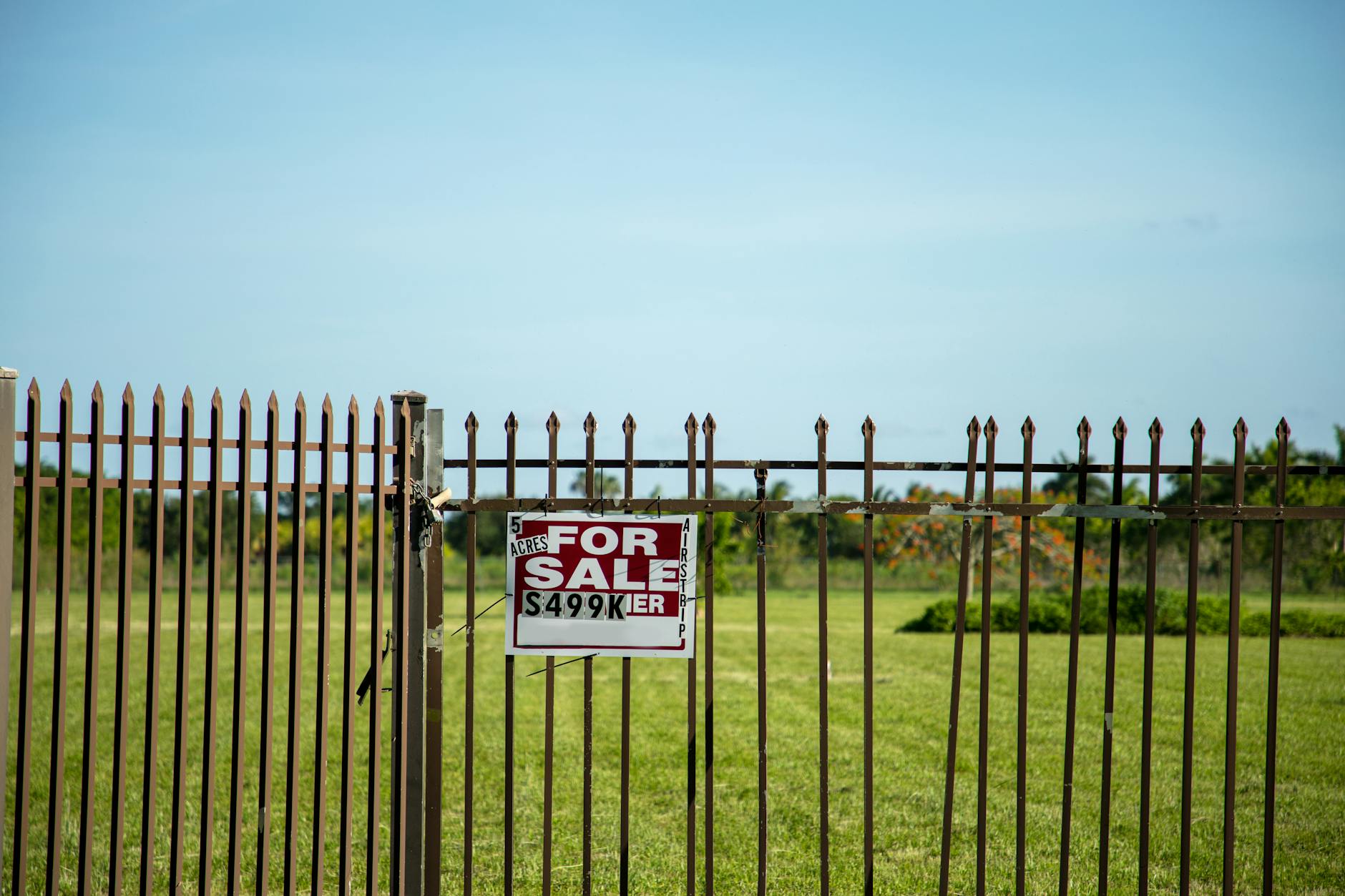A lush, green lawn is the dream of every homeowner, and with the right approach, it can be yours too! Whether you’re starting from scratch or rejuvenating a patchy yard, growing a vibrant lawn doesn’t have to be complicated. The key lies in understanding your soil, selecting the right grass, and, of course, using the best lawn fertilizer to give it the nutrients it needs. Let’s walk you through the process of creating a lawn that’ll be the envy of the neighborhood.
Understanding Your Lawn’s Needs
Before diving into fertilizers and seed options, you need to know your lawn’s unique requirements. Every lawn is different, and understanding yours will help you grow a healthy one.
- Know Your Soil Type: The type of soil you have determines how well grass will grow. Is it sandy, clay-heavy, or loamy? A simple soil test can help you figure this out.
- Check the pH Levels: Grass thrives in slightly acidic to neutral soil with a pH of 6.0 to 7.0. If the levels are off, you may need to adjust them with lime or sulfur.
- Understand Your Climate: Some grass types prefer warm climates, while others thrive in cooler regions. Choose a grass variety that suits your local weather conditions.
- Assess Sunlight Exposure: Does your lawn get full sun, partial shade, or heavy shade? Your grass choice should match these light conditions.
The Importance of Lawn Fertilizer

Even the best grass seeds need a little help to grow into a lush carpet. This is where fertilizer comes in. Using the best lawn fertilizer ensures your grass has the nutrients it needs to grow strong and healthy. But not all fertilizers are created equal, so let’s break it down:
What to Look for in a Lawn Fertilizer
- NPK Ratio: Fertilizers contain nitrogen (N), phosphorus (P), and potassium (K), essential nutrients for grass. A balanced ratio, like 10-10-10, works for most lawns, but some situations may call for higher nitrogen content.
- Slow-Release vs. Quick-Release: Slow-release fertilizers provide nutrients over time, promoting steady growth. Quick-release options work faster but may require more frequent applications.
- Season-Specific Formulas: Some fertilizers are designed for spring growth, while others prepare your lawn for winter dormancy. Choose one that matches your seasonal needs.
When and How to Fertilize Your Lawn
Timing matters when it comes to fertilizing. Apply fertilizer during the growing season, typically in spring and fall, when grass is most active. Follow these steps:
- Mow First: Trim your grass to the recommended height before applying fertilizer.
- Spread Evenly: Use a broadcast spreader to ensure an even application across your lawn.
- Water Afterward: Watering helps the fertilizer soak into the soil, reaching the grass roots.
Steps to Growing a Healthy Lawn
Now that you understand your lawn’s needs and the role of fertilizer, let’s look at the steps to grow a beautiful lawn.
Step 1: Prepare the Soil
Healthy soil is the foundation of a great lawn. Start by clearing any debris and weeds. If necessary, aerate the soil to improve air circulation and water absorption. Adding organic matter, like compost, can boost soil fertility.
Step 2: Choose the Right Grass Seed
Select a grass variety suited to your climate and lawn conditions. Cool-season grasses, like fescue and bluegrass, thrive in colder areas, while warm-season grasses, such as Bermuda and zoysia, do better in hot climates.
Step 3: Plant the Seeds
Spread the grass seed evenly across your lawn using a seed spreader. Lightly rake the soil to ensure the seeds make good contact with it. Keep the soil moist during the germination period by watering lightly but frequently.
Step 4: Feed and Maintain
Once your grass starts growing, regular maintenance is key. Fertilize your lawn according to the schedule for your chosen fertilizer. Mow it regularly, keeping the blades sharp to avoid damaging the grass. Water deeply but less frequently to encourage strong root growth.
Common Lawn Problems and How to Fix Them
No lawn is perfect, but most issues can be fixed with a little effort and the right approach.
- Bald Spots: These can result from poor soil, pests, or overuse. Reseed the area and use a fertilizer designed for patch repair.
- Weeds: Prevent weeds by maintaining a dense, healthy lawn. Spot-treat stubborn weeds with herbicide if necessary.
- Brown Patches: Overwatering, fungus, or pests often cause these. Adjust your watering schedule and treat fungal infections if needed.
- Thatch Build-Up: A layer of dead grass can prevent water and nutrients from reaching the soil. Dethatch your lawn if this becomes an issue.
Best Lawn Fertilizers to Consider
While there are many products on the market, some stand out as the best lawn fertilizers for achieving that green paradise.
- Scotts Turf Builder: Known for its ability to thicken lawns and crowd out weeds.
- Milorganite: A natural, eco-friendly option that provides slow-release nutrients.
- Miracle-Gro Water Soluble Lawn Food: Ideal for quick feeding with visible results.
- Espoma Organic Lawn Food: Great for pet- and child-safe lawns.
Wrapping It Up
Growing a lush, green lawn takes time and effort, but the results are well worth it. By understanding your soil, choosing the right grass, and using the best lawn fertilizer, you’re setting yourself up for success. Remember to stay consistent with maintenance, and your lawn will reward you with a vibrant, healthy appearance all year round. Now, grab your tools and get started—your dream lawn awaits!
Check out this video – 6 SECRETS TO GROW LAWN GRASS FROM SEED | Beware of Seed Scams



